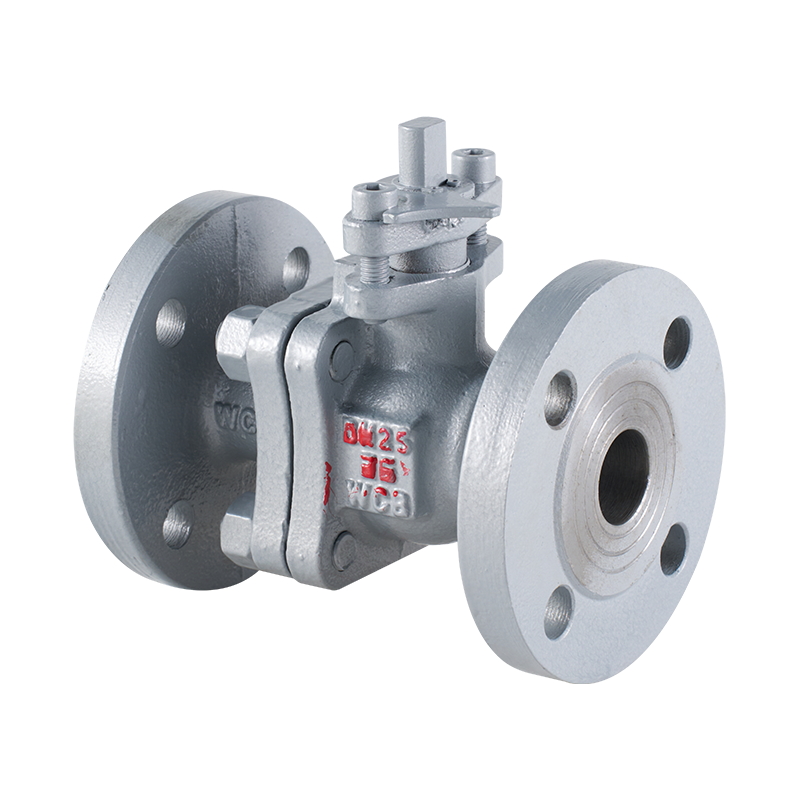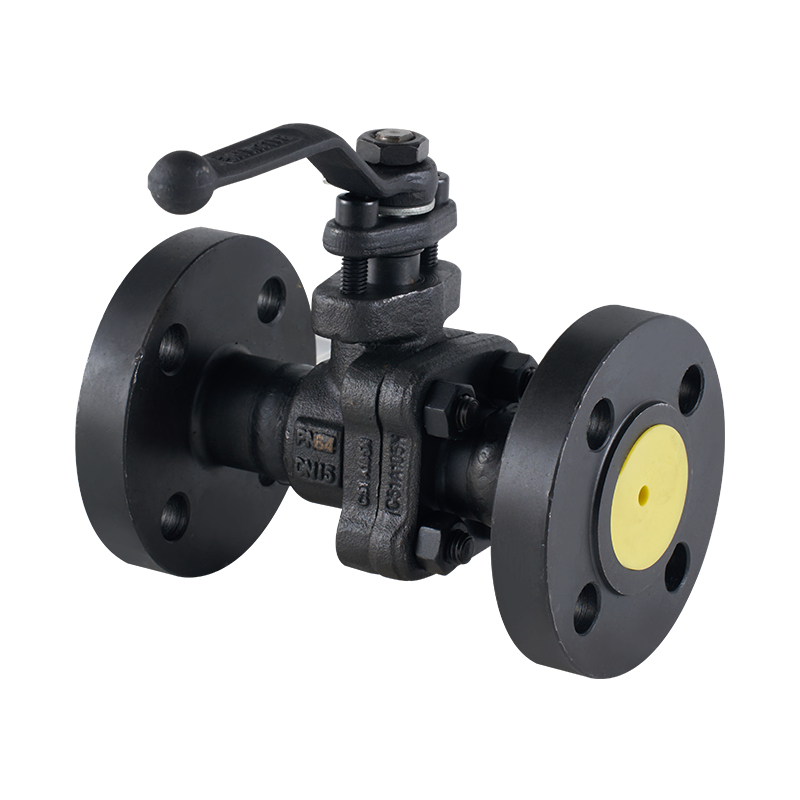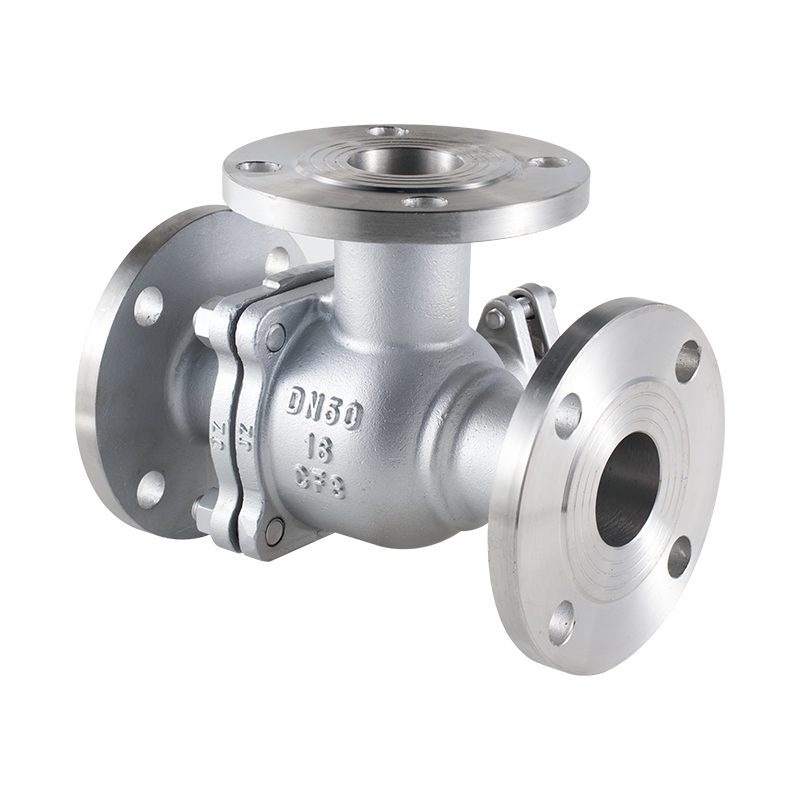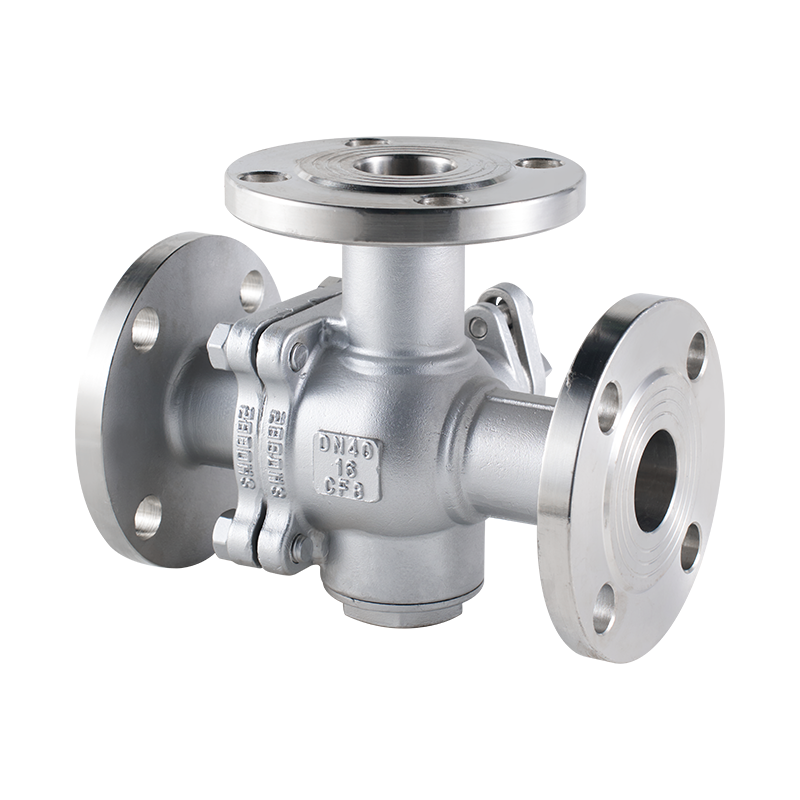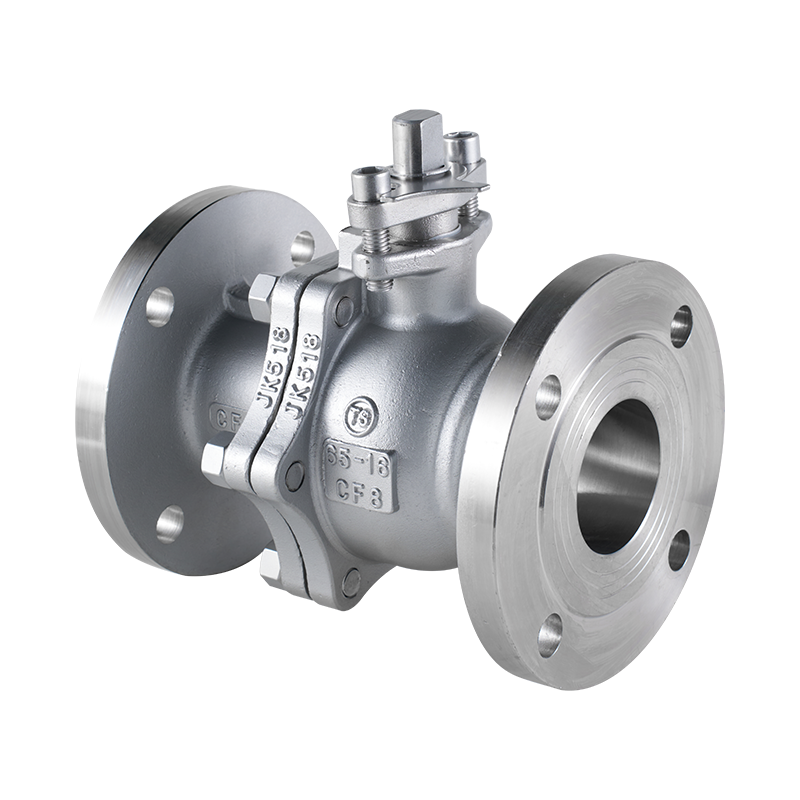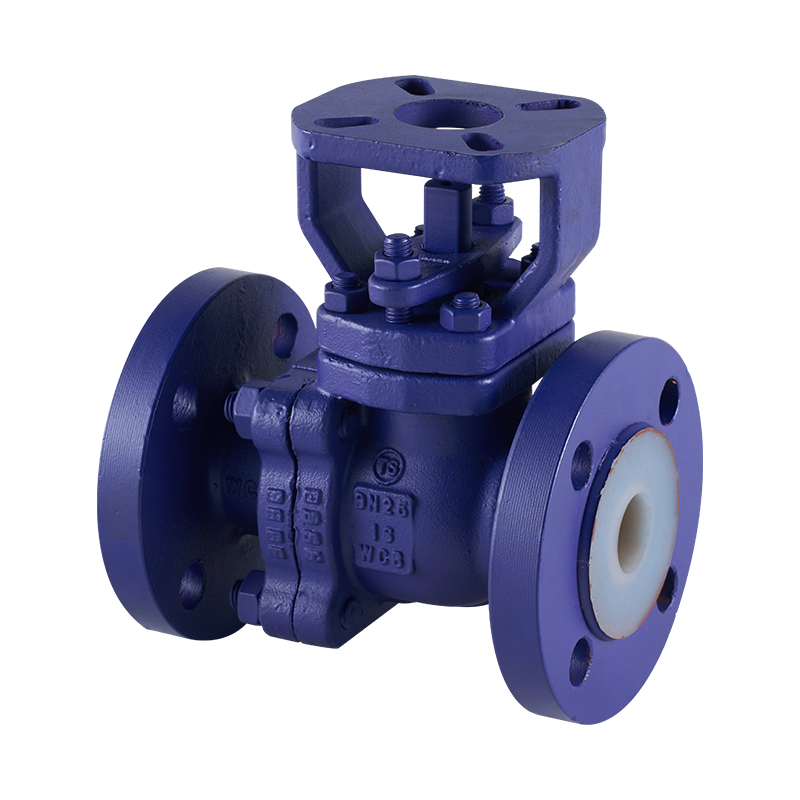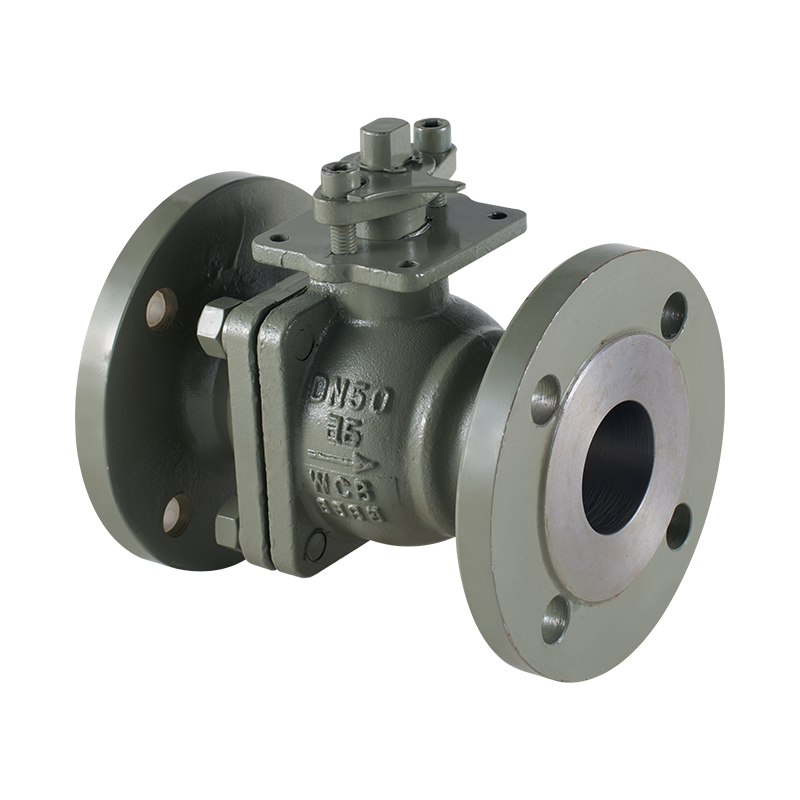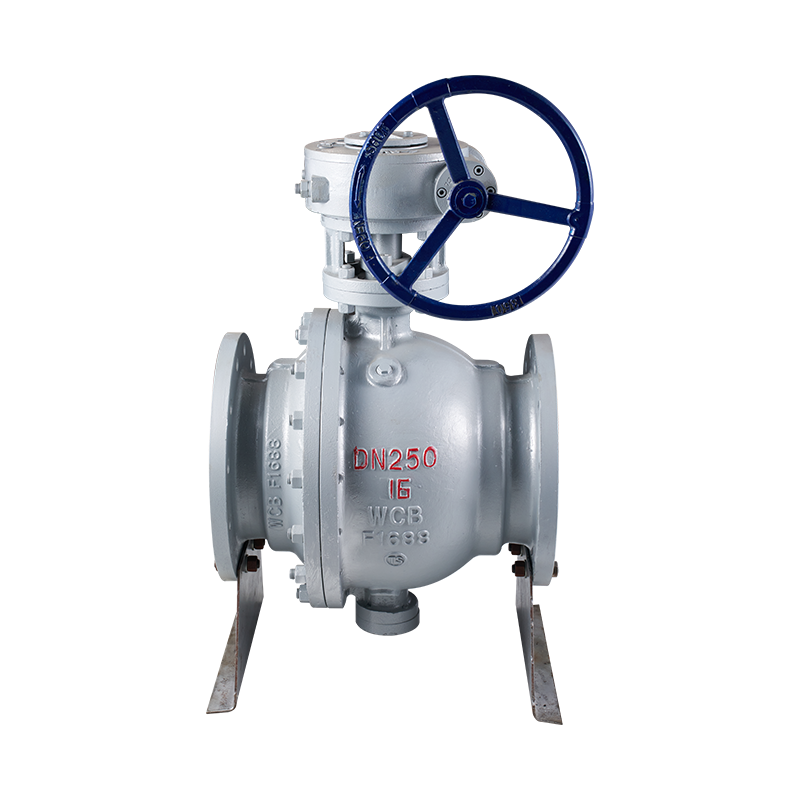The Welding Connection Threaded Ball Valve is an essential component in modern industrial systems, particularly in applications requiring secure and leak-proof fluid control. This valve features a combination of welding and threaded connections, making it suitable for a range of environments where durability and ease of installation are paramount.
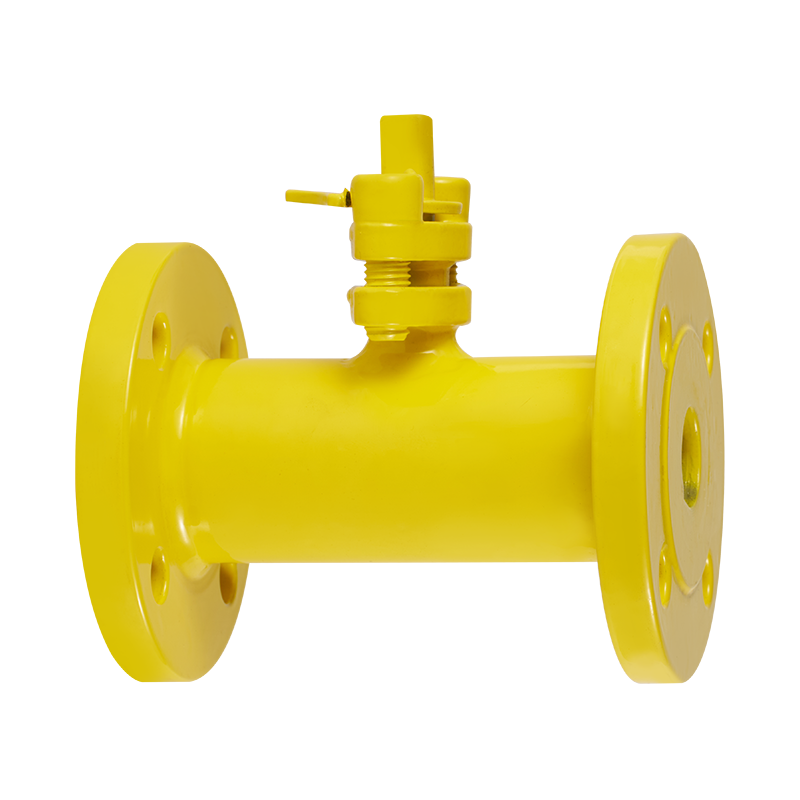
The primary design feature of the Welding Connection Threaded Ball Valve is its hybrid connection mechanism. The welding connection ensures that the valve body is securely fused to the pipe, providing a strong and leak-resistant seal. This design is commonly used in applications where the valve is expected to handle high pressure or where vibrations may otherwise weaken a traditional threaded connection. The threaded connection, on the other hand, provides ease of installation, allowing the valve to be quickly screwed into place without the need for special welding equipment.
Advantages of Welding Connection Threaded Ball Valve:
Secure, Leak-Proof Seal
Welding provides a seal compared to other methods, such as threaded-only connections. This ensures that the Welding Connection Threaded Ball Valve can withstand high pressures and temperatures without the risk of fluid leakage, a critical factor in applications involving hazardous materials.
Versatility
This valve is suitable for a wide range of industries, including oil and gas, water treatment, chemical processing, and HVAC systems. It can be used in both low- and high-pressure systems, providing flexibility for various applications.
Easy Maintenance and Replacement
The threaded portion of the valve makes it easier to install and replace, while the welded connection ensures durability over time. This combination minimizes the risk of failure and reduces maintenance costs.
Improved Safety
The strong bond created by the welding connection ensures the Welding Connection Threaded Ball Valve remains intact and functional even in high-stress environments, improving overall safety in critical systems.
Overall, the Welding Connection Threaded Ball Valve is a versatile and reliable choice for fluid control systems that require both strength and ease of installation.
Anti-Corrosion Treatment of SS 304 Sanitary Ball Valve
Stainless steel is the material of choice for many sanitary ball valves, with SS 304 being one of the commonly used grades in food, beverage, pharmaceutical, and chemical industries. While SS 304 offers good resistance to corrosion and staining, its performance can be further enhanced through specific anti-corrosion treatments, which increase its durability and longevity in demanding environments.
What is Anti-Corrosion Treatment?
Anti-corrosion treatment involves applying specific coatings or surface treatments to a material, like stainless steel, to prevent or slow down the process of corrosion. For SS 304 sanitary ball valves, this treatment ensures the valve can resist exposure to various corrosive substances, such as acids, salts, and cleaning chemicals typically found in industrial processes.
Methods of Anti-Corrosion Treatment for SS 304:
Passivation
One of the common anti-corrosion treatments for SS 304 is passivation. This process involves immersing the stainless steel in an acid solution, usually nitric acid, to remove free iron from the surface and allow a protective oxide layer to form. This oxide layer significantly enhances the material's corrosion resistance, making it more suitable for use in high-humidity environments or when exposed to harsh cleaning chemicals.
Electropolishing
Electropolishing is another widely used treatment, particularly in industries requiring high hygiene standards. This process involves the use of an electrolytic bath to remove a thin layer of the material's surface. Electropolishing enhances the surface finish, making it smoother and less prone to bacteria buildup. It also increases resistance to corrosion by ensuring that the surface is free from imperfections where contaminants can accumulate.

 English
English 中文简体
中文简体


